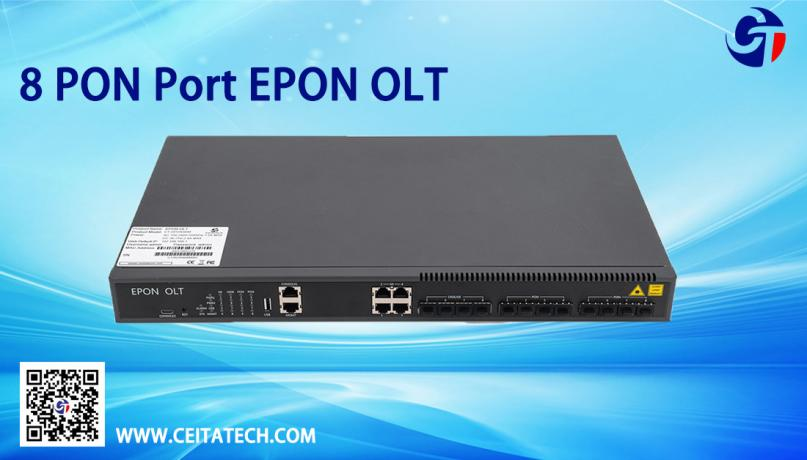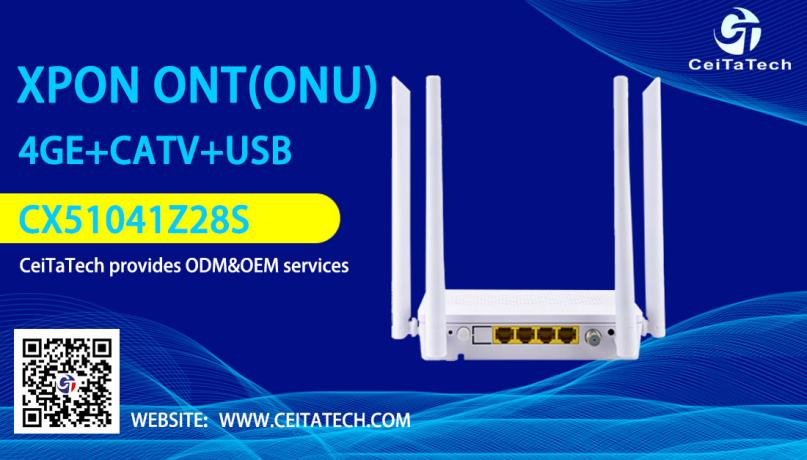GPON (Gigabit-Capable Passive Optical Network) technology is a high-speed, efficient, and large-capacity broadband access technology that is widely used in fiber-to-the-home (FTTH) optical access networks. In the GPON network, OLT (Optical Line Terminal) and ONT (Optical Network Terminal) are two core components. They each assume different responsibilities and work together to achieve high-speed and efficient data transmission.
The difference between OLT and ONT in terms of physical location and role positioning: OLT is usually located at the center of the network, that is, the central office, playing the role of "commander". It connects multiple ONTs and is responsible for communicating with the ONTs on the user side, while coordinating and controlling data transmission. It can be said that OLT is the core and soul of the entire GPON network. The ONT is located at the user end, that is, at the edge of the network, playing the role of "soldier". It is a device on the end user side and is used to connect terminal devices, such as computers, TVs, routers, etc., to connect users to the network.

Functional differences: OLT and ONT have different focuses. The main functions of OLT include data aggregation, management and control, as well as the transmission and reception of optical signals. It is responsible for aggregating data streams from multiple users to ensure efficient data transmission. At the same time, OLT also interacts with other OLTs and ONTs through communication protocols to manage and control the entire network. In addition, the OLT also converts electrical signals into optical signals and sends them into the optical fiber. At the same time, it is able to receive optical signals from the ONT and convert them into electrical signals for processing. The main task of the ONT is to convert optical signals transmitted through optical fibers into electrical signals and send these electrical signals to various user equipment. In addition, the ONT can send, aggregate, and process various types of data from clients and send them up to the OLT.
Differences at the technical level: OLT and ONT also have differences in hardware design and software programming. OLT requires high-performance processors, large-capacity memory, and high-speed interfaces to cope with large amounts of data processing and transmission requirements. ONT requires more flexible hardware and software design to adapt to the different needs of different users and the different interfaces of different terminal devices.

XPON ONT 4GE+CATV+USB CX51041Z28S
OLT and ONT each assume different responsibilities and functions in the GPON network. The OLT is located at the network center and is responsible for data aggregation, management and control, as well as the transmission and reception of optical signals; while the ONT is located at the user end and is responsible for converting optical signals into electrical signals and sending them to user equipment. The two work together to enable the GPON network to provide high-speed and efficient data transmission services to meet users' needs for broadband access.
Post time: Apr-28-2024








